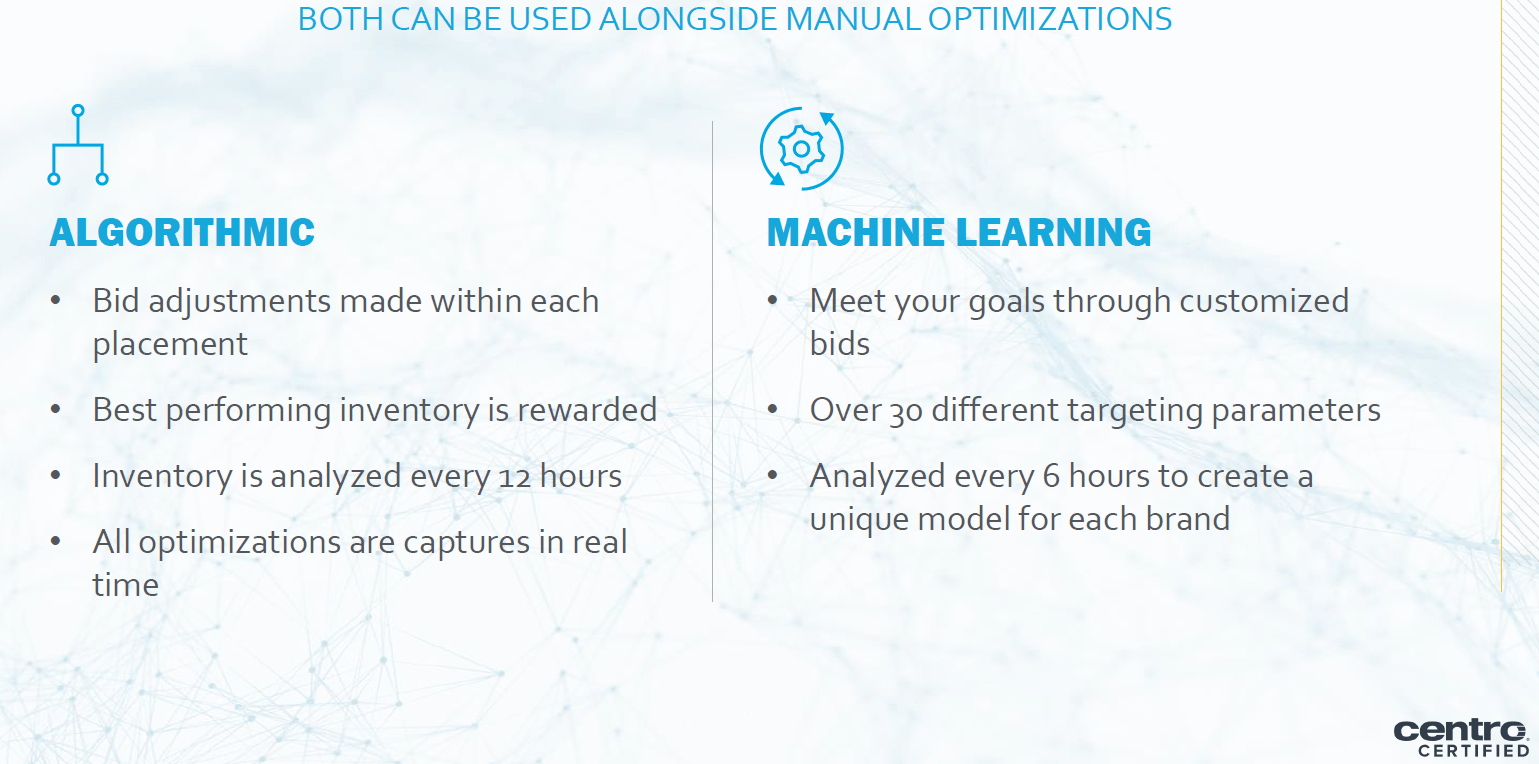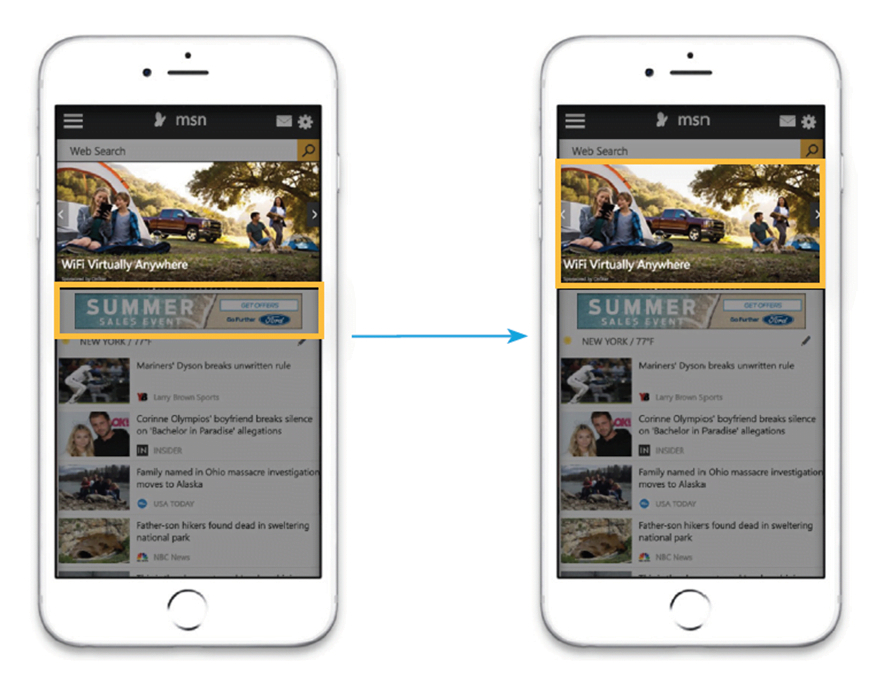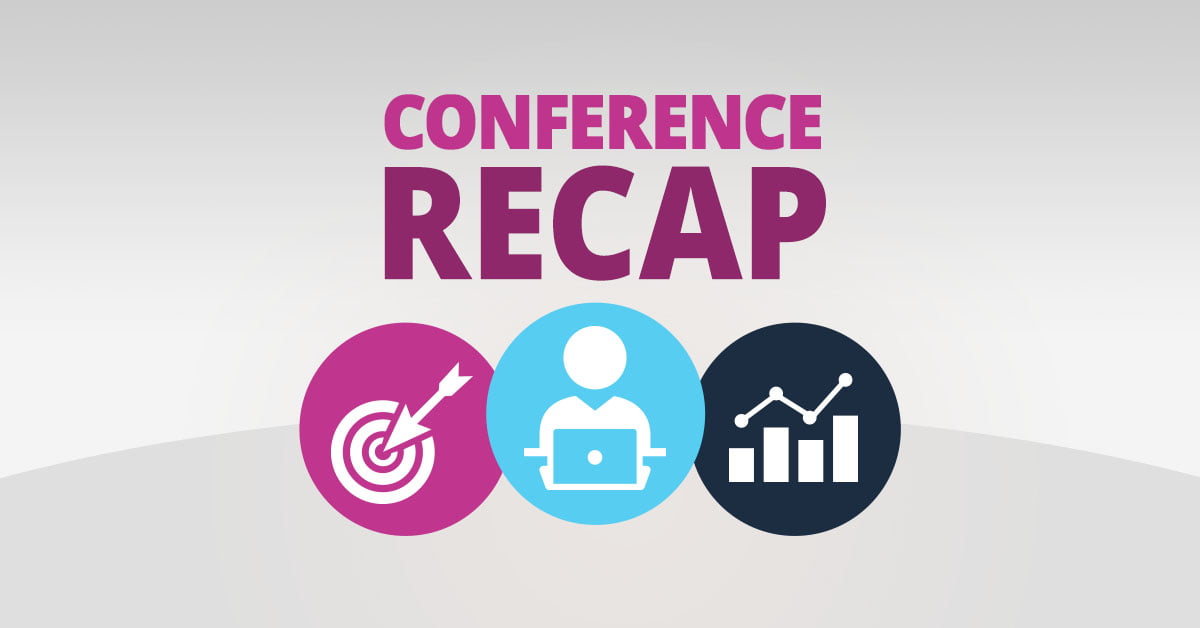Centro is the parent company of the Basis platform which we use as our in-house DSP at Zion & Zion (ZDSP). This training provided additional insight beyond the simple ‘how’ of execution within the Basis platform—taking our knowledge further with best practices, insight into data providers, and new opportunities for our client’s media campaigns.
There were two instances of the Centro Certified trainings: Foundations 1.0 & Foundations 2.0. The first instance was a more general overview of the Basis platform structure, best practices, custom segments, and private marketplace deals. Other topics related to the industry included the removal of third-party cookies as well as how COVID-19 is impacting media trends. Foundations 2.0 brought in keynote speakers from different data providers and reviewed a more in depth look at different ad types and device tracking for campaign management in Basis. All sessions allowed for short quizzes, breakout sessions to discuss use cases, and Q&A which kept the experience much more interactive and engaging.
Key Takeaways from the Training
The training sessions focused on a variety of topics, including:
- Platform tips and tricks for managing campaigns in Basis
- Optimization strategies and techniques
- Native Ad types available for programmatic media campaigns
Platform Tips and Tricks for Managing Campaigns in Basis
Within the Basis platform, there is a hierarchy of how to structure and set up campaigns for maximum campaign performance opportunity. It was beneficial to have a more strategic view of the ‘why’ to structure campaigns in this way versus some trainings that simply tell you the ‘how.’ This was a great overview of how different structures to your campaigns will affect they way you optimize, manage, budget, and even how you are able to report on key metrics.
Optimization Strategies and Techniques
The session on optimization strategies provided background on the order of operations that is important to evaluating media campaigns for optimizations. These three steps include:
- Accrue Date: Ensuring that the sample size is large enough to make statistically sound decisions.
- In Line: Making changes to push spend toward performance.
- Broad Brush/Advance: Pulling optimization levers that further impact performance KPIs.
Additionally, there are three main types of optimizations—manual, algorithmic, and machine learning.
Manual is self-explanatory as this is the campaign manager going in and manually adjusting bids, domains, tactics, etc. The interesting component was the difference between algorithmic and machine learning and when to use which.
Algometric optimizations are typically adjustments made to the CPM bid given to a domain or placement based on user set campaign goals. These changes to the CPM bid or status of individual domains or placements are in small amounts so that a campaign can reach a goal set by the user.
Machine learning optimizations leverage learnings from previous campaigns and transfer them to new ones, automatically optimizing towards a chosen goal for the campaign. Each have their own strengths and best times to use depending on the factors of your media campaign.

The main takeaway is the true value comes from utilizing one of the machine learning and algorithmic optimization strategies, combined with a manual component to ensure maximize campaign performance is being achieved.
Native Ad types available for Programmatic Media Campaigns
In programmatic media, there are now many ads types available to run outside of standard banner ads- including video, audio, and native ads. Specifically, the session that focused on native advertising was interesting to me and how we can potentially use this to amplify and test across our current clients.
An interesting concept they shared in the training was ‘The three Fs of Native: Function, Format & Feel.’ A quick overview of this is:
- Function: How the ad is located within content of a page
- Format: How the ad is formatted like content on a page
- Feel: How the ad provides value through relevance to the content on the page
Simply put, native advertising speaks to both how the ad looks and where the ad appears. Native ads can appear in-ad display, in-feed, outstream, as branded content, recommendation widget, and promoted listing. To learn more about the different placements of native ads and examples check out this Basis article.
One way to think of native ad units are ‘Enhanced Display.’ The Basis platform allows users to upload standard banner ads and through the Sharethrough exchange partner, these ads can be displayed as branded content and utilized as native ad units without any additional creative development. There are more ways to build out the functionality and elements of native ad units, but this is just one way to utilize these programmatically.

Using this Information for Agency and Client Needs
Overall, the Basis trainings allowed for our team to solidify our knowledge of the DSP structure and platform capabilities, as well as new opportunities to bring to our client campaigns.
The increased knowledge of utilizing native ad placements in our programmatic media campaigns will allow us to talk about how to reach users with display media ads outside of typical banner ads. There is a lot of opportunity for clients and creative teams to explore different messaging, format, and imagery as it relates to digital display ads.
Managing programmatic media in-house allows us to quickly make optimizations while having the transparency of spend and real time analysis of campaign performance. Building and expanding the knowledge of optimization strategy and techniques through these trainings has further defined our media team and programmatic media experts.
